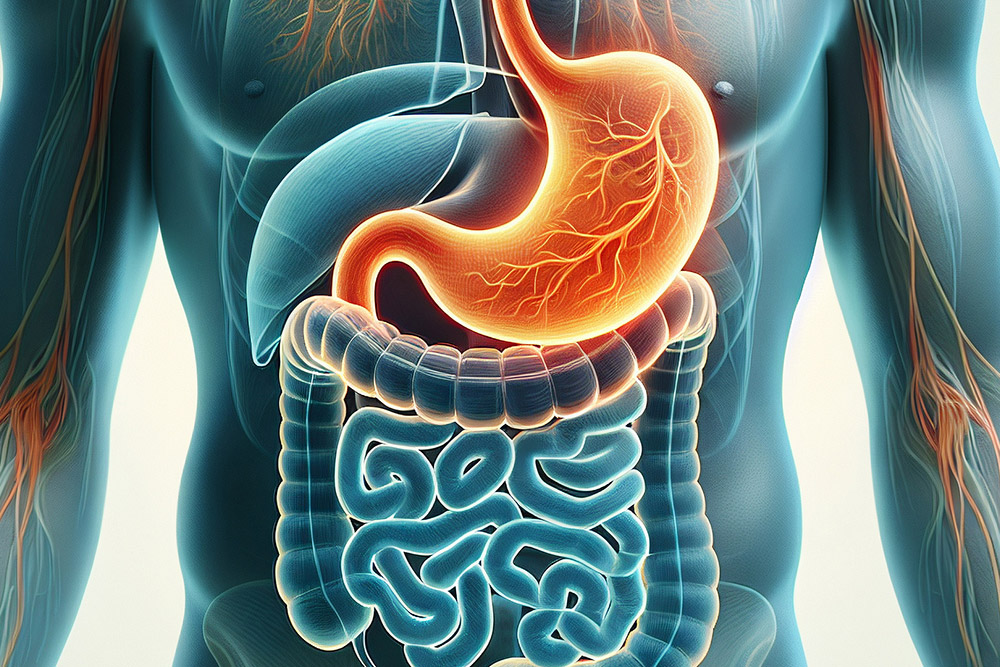What Is Primary Biliary Cirrhosis?
Primary biliary cirrhosis (also called primary biliary cholangitis) is a chronic liver condition in which the immune system progressively destroys the small bile ducts inside the liver. Bile buildup damages liver cells over time, leading to scarring (cirrhosis). The ICD-10 code for this disease is K74.3.
Common Causes and Risk Factors
- Autoimmune attack on the bile ducts
- Predominantly affects women aged 30-60
- Family history of autoimmune liver disease
- Coexisting autoimmune disorders (thyroid disease, Sj-gren's syndrome, rheumatoid arthritis)
- Genetic predisposition (certain risk genes identified)
Signs and Symptoms
- Often none in early stages
- Persistent fatigue
- Itchy skin (pruritus)
- Jaundice (yellowing of skin or eyes)
- Dry eyes and mouth
- Upper right-side abdominal discomfort
- Dark urine and/or pale stools
How Dr. Rishi Chadha Diagnoses Primary Biliary Cirrhosis?
At GastroDoxs in Houston, Dr. Chadha uses a step-by-step approach:
Medical History and Exam
He reviews your symptoms, personal and family history of liver or autoimmune disease, and performs a physical exam to look for signs like jaundice or liver enlargement.
Blood Tests
He checks liver enzyme levels, bilirubin, and anti-mitochondrial antibodies (AMA) to detect autoimmune activity targeting the bile ducts.
Imaging Tests
- Ultrasound - Evaluates liver texture and rules out gallstones or masses.
- MRCP (Magnetic Resonance Cholangiopancreatography) - Provides detailed images of the bile ducts.
Elastography
This non-invasive scan measures liver stiffness, helping gauge the extent of fibrosis or early cirrhosis.
Liver Biopsy
In selected cases, a small tissue sample confirms the diagnosis, stages the disease, and rules out other liver conditions.
Frequently Asked Questions
What are early signs of primary biliary cirrhosis?
Tiredness, mild itching, and dry eyes. Some people have no symptoms early on.
How is it diagnosed?
Blood tests, imaging (ultrasound or MRCP), liver stiffness test, and sometimes a biopsy.
Can diet reverse the damage?
No. A good diet supports the liver but doesn-t reverse scarring.
What does UDCA do?
It improves bile flow and slows disease progress.
Are there newer treatments?
Yes. Obeticholic acid and newer drugs in clinical trials are showing good results.
When should I see a liver doctor?
If you have abnormal liver tests, itching, or fatigue that won-t go away.
Is it genetic?
Genes play a part, but it's not inherited directly like some diseases.
What does ICD-10 code K74.3 mean?
It is the code doctors and insurance use to label this liver disease.
Can I live a normal life with PBC?
Yes. Many people manage symptoms and live well with proper care.
When is transplant needed?
In late stages, if medications stop working or complications arise.











